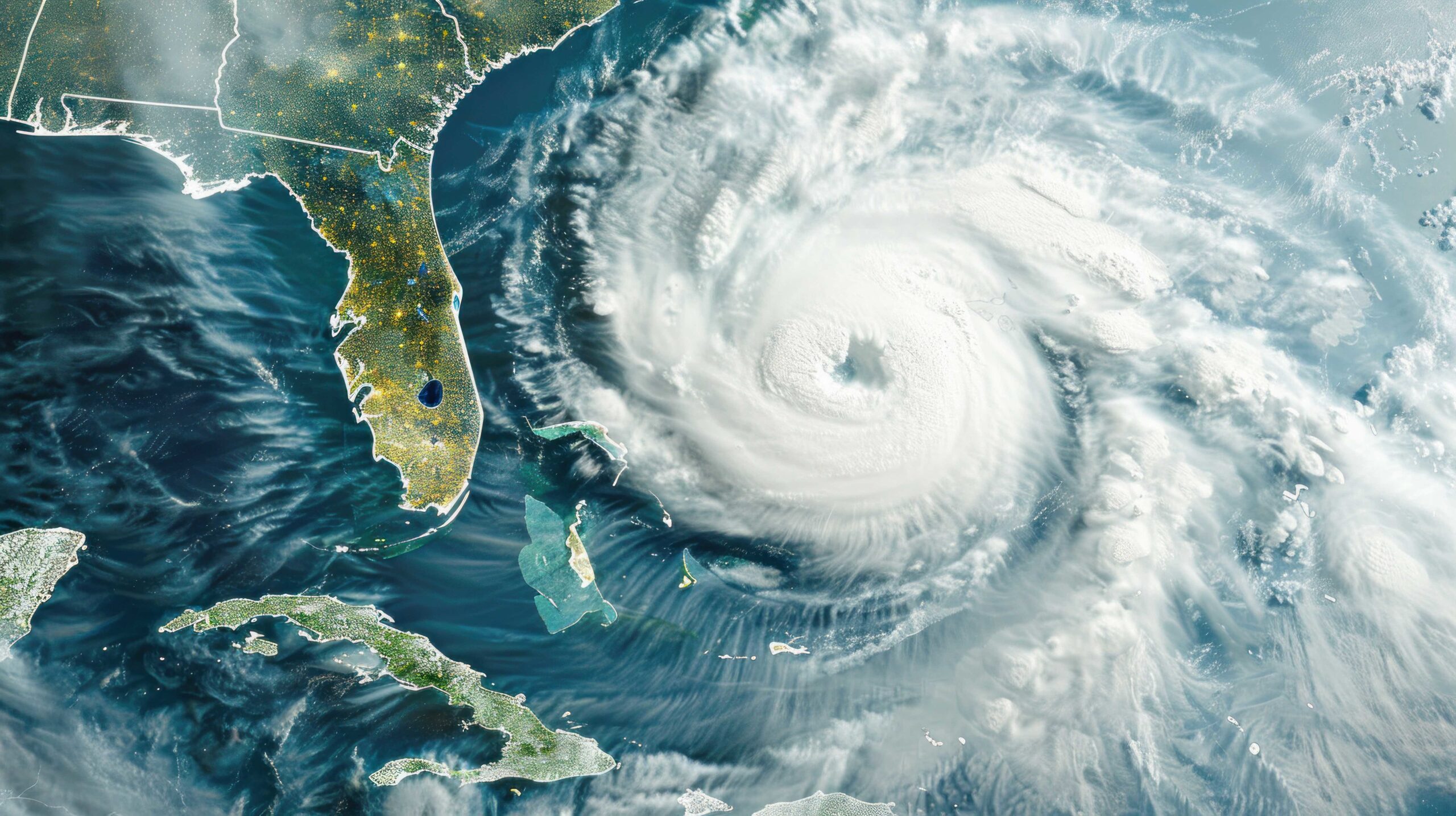
Beginning in late September and persisting into the first few weeks of October, calamitous storms occurred in North Carolina, Georgia, Florida, and other states in the Southern region of the United States that have had devastating impacts on the communities and people living there. Respectively classified as category four and category three as they made landfall, Hurricanes Helene and Milton were accompanied by catastrophic flash floods, winds that reached 180 miles per hour, state-wide evacuations, and destruction of homes and buildings. Helene and Milton are additions to an unusually high number of hurricanes in 2024. Although the two most recent storms have been the most destructive thus far, they are joined by three others that occurred early in the year: Beryl, Debby, and Francine. This increase in hurricanes per year shows the impact that climate change has had on the frequency and severity of natural disasters.
Originally detected in the western Caribbean Sea, Hurricane Helene made landfall in the northwest region of Florida on September 26th. The storm reached North & South Carolina, Georgia, Virginia, and Tennessee before diminishing by the 29th. The most damaging consequences of the storm were the flooding due to intense rainfall that hindered evacuation and rescue operations, and the destruction of buildings from the storm surge. In the days following the hurricane, states made detailed rescue plans that included surveying the direct impact of the storm, assembling rescue teams to search for people who were not able to evacuate, working to return power to counties, and even recruiting the National Guard to rescue victims stuck in their homes or caught in floods. The Federal Emergency Management Agency (FEMA) is providing immediate financial assistance, money for housing and general objects destroyed during the storm, and other loans and financial relief to help affected communities recover from the initial damage.
Before Florida had time to recover from Hurricane Helene and its disastrous consequences, they were hit just two weeks later with a second hurricane: Hurricane Milton. Although it was reduced to a category 3 before landfall, Milton was originally expected to hit the Florida coast as a category 5 and had the potential to be the worst tropical storm Florida has seen since Katrina. Storm surge warnings were issued primarily to coastal areas and ranged from 3 ft. (closer to the northwestern region of Florida) to 12 ft. (near Tampa Bay). Governor Ron DeSantis issued evacuation/emergency orders to 51 counties and encouraged those who would be immediately affected to flee. Over 100 shelters were quickly established for residents who were unable to or chose not to evacuate. So far 23 people have been reported as having passed away as Milton hit central Florida and millions of residents experienced power outages that remain days after the initial landfall of the storm. Milton had just begun to dissipate entering the weekend of October 12th and we can not yet definitively determine the impact of the storm.
Sources:
https://www.cbsnews.com/live-updates/hurricane-milton-2024
https://www.cnn.com/2024/10/10/weather/map-charts-milton-hurricane-dg/index.html